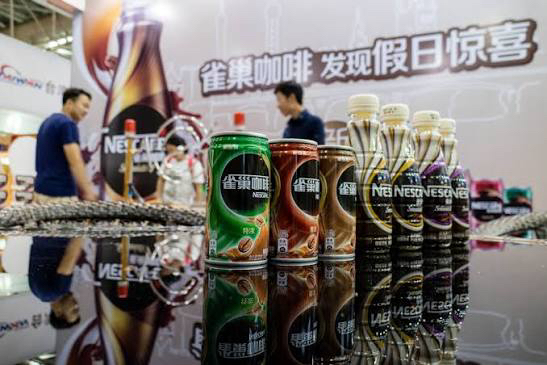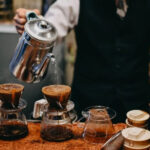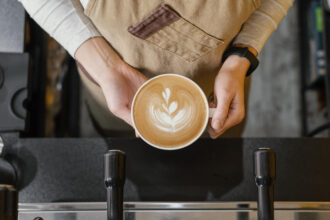Cold brew has moved from specialty-coffee curiosity to mainstream beverage in China, and Chinese millennials are leading the charge. What began as a hip, slow-steeped drink in boutique cafés has morphed into a vast market of ready-to-drink (RTD) cans, DIY iced mixes, and café innovations that fit young urban lifestyles. This article breaks down the data, explains why millennials prefer cold brew, and highlights the innovations and market moves shaping the category in 2024–2025.
Quick market snapshot: the numbers behind the buzz
Cold brew’s growth is obvious in market reports and retail behaviour. Multiple industry trackers estimate the cold-brew and RTD coffee markets are expanding rapidly worldwide—annual growth rates in the high teens are common in forecasts—and China is one of the fastest-growing regions. Global and RTD market reports project multi-billion dollar cold brew markets in the coming years, with cold coffee increasingly taking share in total ready-to-drink beverage sales.
On the ground, Chinese consumers’ search behaviour and social posts show rising interest in cold brew and iced coffee formats. Platforms like Xiaohongshu and Weibo have become hotbeds for sharing cold-brew recipes, RTD product reviews, and iced-drink hacks—content that’s especially popular among millennials and Gen Z users. Trend reports from Chinese lifestyle platforms confirm younger consumers are actively shaping beverage trends.
Why Chinese millennials love cold brew — five drivers
1) Convenience meets quality (RTD & DIY)
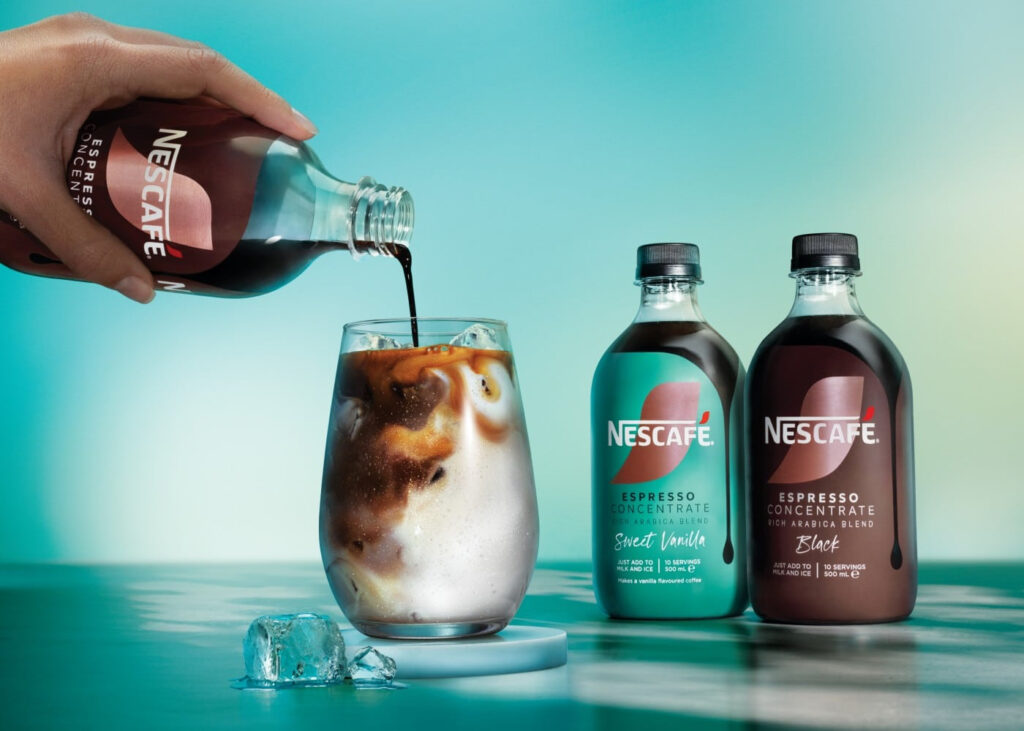
Millennials want café quality without the time or cost of daily café runs. RTD cold brews—cans and chilled bottles sold in convenience stores and supermarkets—deliver a consistent, portable experience that fits commutes, desk work, and campus life. At the same time, DIY iced-drink trends (think branded ice cups and mix-and-match convenience-store combos) let younger buyers show off creativity while saving money. Reuters documented a surge in homemade ice-cup drinks and convenience-store hacks among young Chinese consumers in 2024, positioning RTD and DIY as complementary options.
2) Heat and seasonality — but not just summer
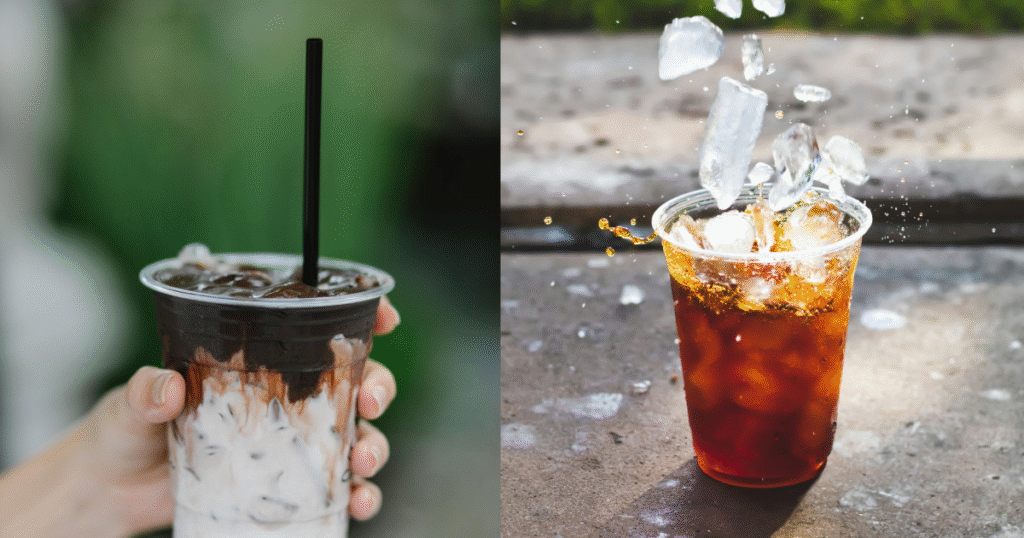
China’s summers are long and hot in many regions, so cold drinks naturally perform well. But cold brew’s appeal has outgrown seasonality: young buyers drink it year-round for its smoothness and lower perceived acidity compared with iced espresso or instant coffee. Market trackers note that cold coffee often outperforms hot coffee revenue in major chains, pointing to a structural shift in consumption habits rather than a seasonal fad.
3) Health, functionality, and ingredient curiosity
Millennials are more ingredient-aware. Cold brew’s low-acid profile and smoother taste are marketed as gentler on the stomach, while functional add-ins (collagen, adaptogens, L-theanine) are appearing in premium RTD lines. Industry trend reports flag functional additives as a notable cold-brew innovation to watch—products that combine caffeine with mood or focus benefits resonate strongly with younger, wellness-minded consumers.
4) Social currency: shareable formats and aesthetics
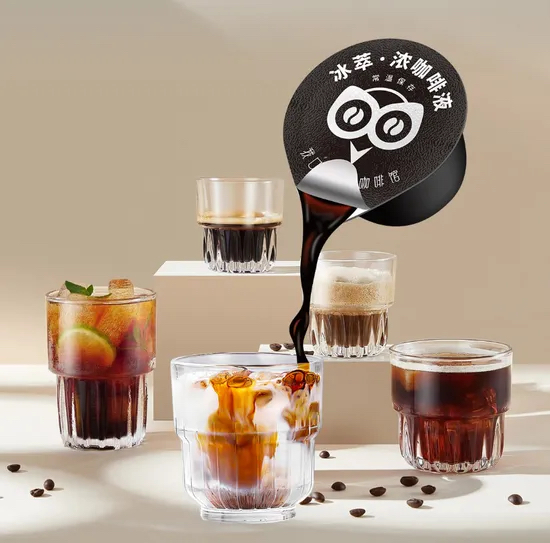
On social media, aesthetics matter. Cold-brew pours, layered iced drinks, and photogenic RTD cans make great content. Xiaohongshu (Little Red Book) posts show recipes, taste tests, and “how I made it” videos that amplify brands and local cafés. Millennials treat signature cold-brew drinks—especially local twists or limited-edition flavours—as expressions of personal taste and social identity.
5) Price sensitivity and value hunting
Even enthusiastic coffee drinkers in their 20s and 30s are budget-conscious. Cold brew formats let consumers choose a premium RTD occasionally, or mix DIY options at home to mimic café drinks at a lower cost. This “value + experience” mindset explains why convenience stores and local producers have thrived with creative, lower-cost iced products that still offer bragging rights on social media. Reuters covered how younger consumers in 2024 experimented with convenience-store creations to avoid café prices while still getting shareable content.
Product trends and innovations Chinese millennials are buying
Ready-to-Drink (RTD) premiumitisation
Local and international brands are launching single-origin cold brews, nitrogen-infused cans, and limited-edition flavour drops targeted at urban millennials. These offerings often emphasise origin, brewing method, and tasting notes—the same cues specialty coffee drinkers value in cafés. Market research firms highlight RTD premiumitisation as a key growth driver.
Functional and flavoured cold brews
From matcha-cold-brew hybrids to collagen-fortified cans, functional cold brews are a clear niche. Millennials who care about sleep, stress, and wellness are drawn to products that promise more than caffeine. Industry trend pieces point to adaptogens and nootropics as up-and-coming additions to the cold-brew shelf.
Micro-brands and local roasters
Smaller roasters and microbrands win attention on social platforms by telling origin stories, using eye-catching packaging, and collaborating with consumer lifestyle creators. This storytelling approach is powerful with millennials who want authenticity and transparency. Specialty roasters are increasingly producing cold-brew concentrate sachets and single-serve RTD lines to scale their reach.
Café + convenience convergence
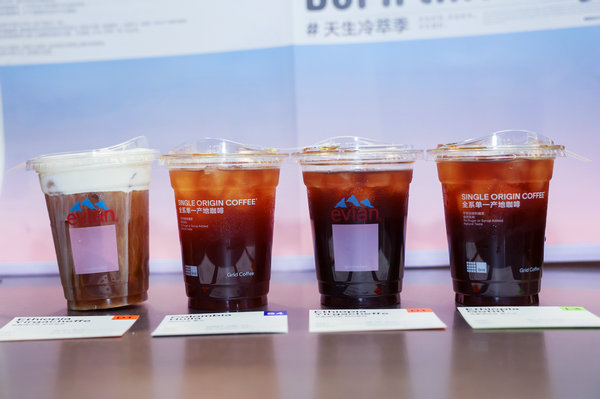
Cafés are experimenting with bottled cold brews and co-branded RTD launches; convenience stores are stocking barista-style cans. The border between on-premise and off-premise consumption is blurring, giving millennials multiple touchpoints to try the same drink in different formats. Analysts note that this channel convergence is intensifying competition, pushing brands to innovate faster.
Regional hotspots and channels: where millennials drink cold brew
- Convenience stores & supermarkets: Rapid retail rollout; ideal for RTD sampling and impulse buys.
- Specialty cafés & chain chains: Experimental menus, limited runs, collaborations with roasters.
- Office/commute rituals: Portable cans and chilled bottles replace traditional hot-coffee morning routines.
- Social commerce & livestreams: Brands sell cold brew kits and subscriptions via livestream promotions and influencer partnerships, a key channel to reach millennial shoppers.
Industry reports and news articles show the rise of RTD cold brew in retail channels alongside a DIY creativity boom on social platforms—both trends driven by younger consumers.
What brands and players are winning—and how
While global players (Starbucks, Coca-Cola bottlings) have scale, local players and nimble startups often capture millennial hearts with better price points, local flavours, and social-first marketing. Homegrown chains and roasters that emphasise origin, collaborate on limited drops, or offer creative RTD variants are seeing strong engagement. Reports show China’s RTD market is shifting toward locally adapted offerings that reflect regional tastes and price sensitivities.
Practical tips for cafés, brands, and marketers targeting Chinese millennials
- Make it Instagrammable—but authentic. Packaging and presentation still matter, but avoid gimmicks without a real taste story. Millennials sniff out inauthenticity quickly.
- Leverage RTD + on-premise synergy. Use café credibility to launch RTD lines; let cans and bottles act as brand ambassadors in convenience stores.
- Offer DIY kits and recipes. Millennial consumers love the creativity of mixing drinks at home—offer branded ice-cup kits, cold-brew concentrates, or mixology suggestions to encourage UGC (user-generated content).
- Experiment with functional claims (carefully). If you add functional ingredients, ensure clear benefits, safe dosages, and science-backed claims—regulators and savvy consumers will test you.
- Tap social platforms strategically. Xiaohongshu, Douyin (TikTok), and livestream channels remain essential for product discovery. Invest in creator partnerships and shareable recipe content.
Risks and headwinds to watch
- Regulatory scrutiny: Functional ingredients and health claims attract attention. Brands must ensure compliance and transparent labeling.
- Price sensitivity: Economic headwinds can push millennials toward cheaper DIY options, threatening premium RTD margins. Reuters noted how budget-conscious young consumers turned to convenience-store hacks in 2024.
- Saturation and sameness: As more brands enter, product differentiation becomes harder; companies that rely only on packaging risk fast commoditisation.
The bottom line: cold brew’s staying power with millennials
Cold brew isn’t just a moment—its growth is backed by market data, retail expansion, and strong social-media momentum among Chinese millennials. They want drinks that balance convenience, taste, aesthetics, and occasional health benefits. For brands and cafés, the opportunity lies in meeting that multifaceted demand—offering quality, storytelling, and formats that fit fast-moving millennial lifestyles.
If you’re a brand planning a cold-brew launch in China: think beyond taste. Build a channel strategy (RTD + café + social), create shareable experiences, and design products that solve real consumer needs—whether it’s better morning focus, a refreshing summer ritual, or a low-acid alternative for daily coffee drinkers.
